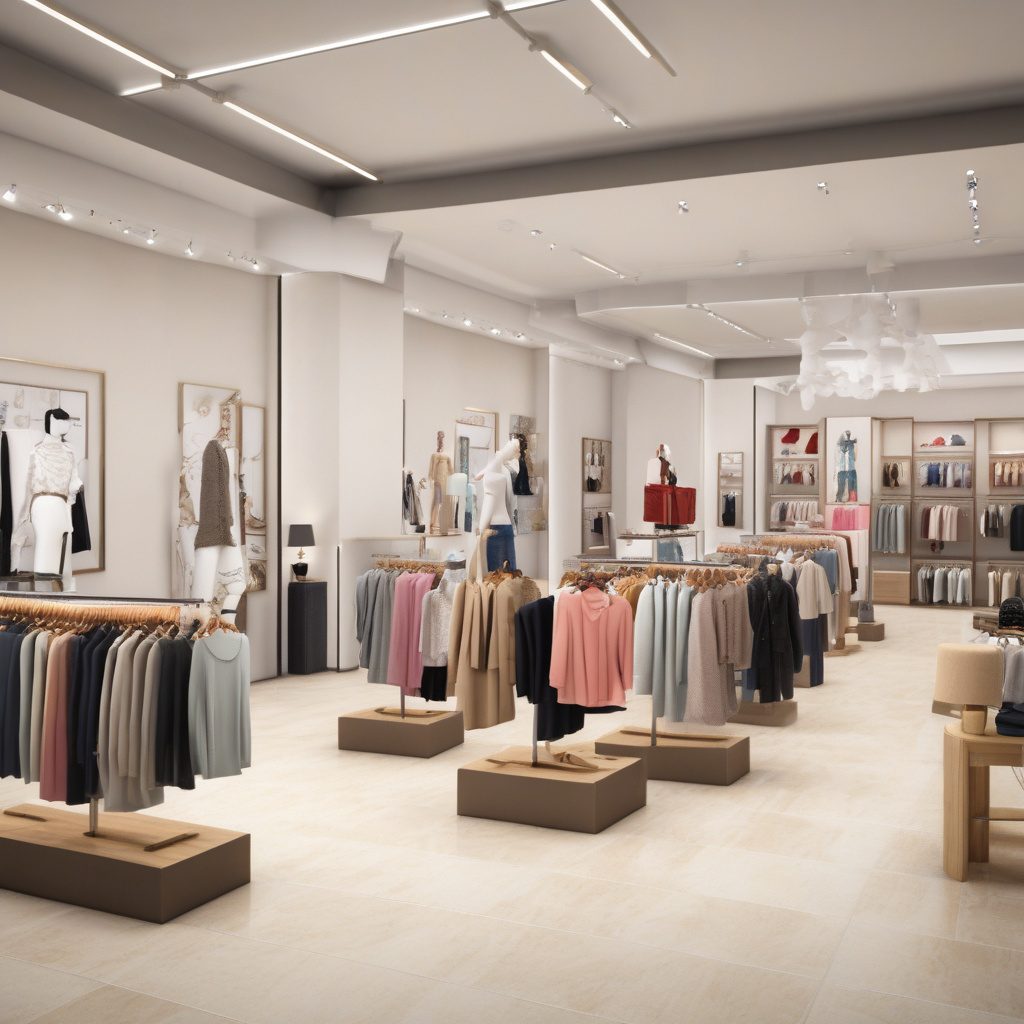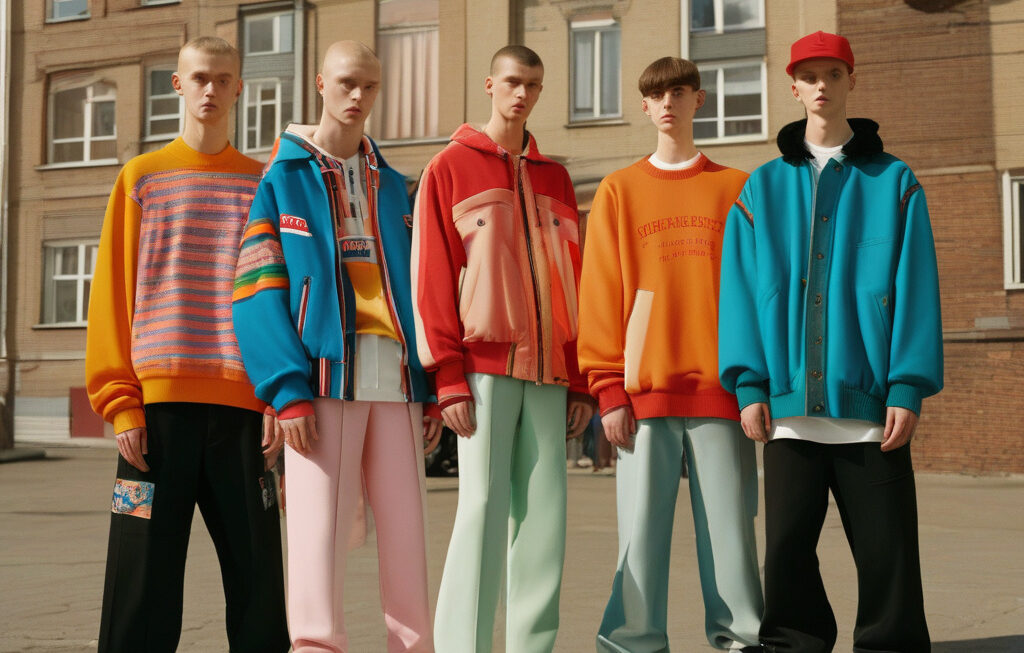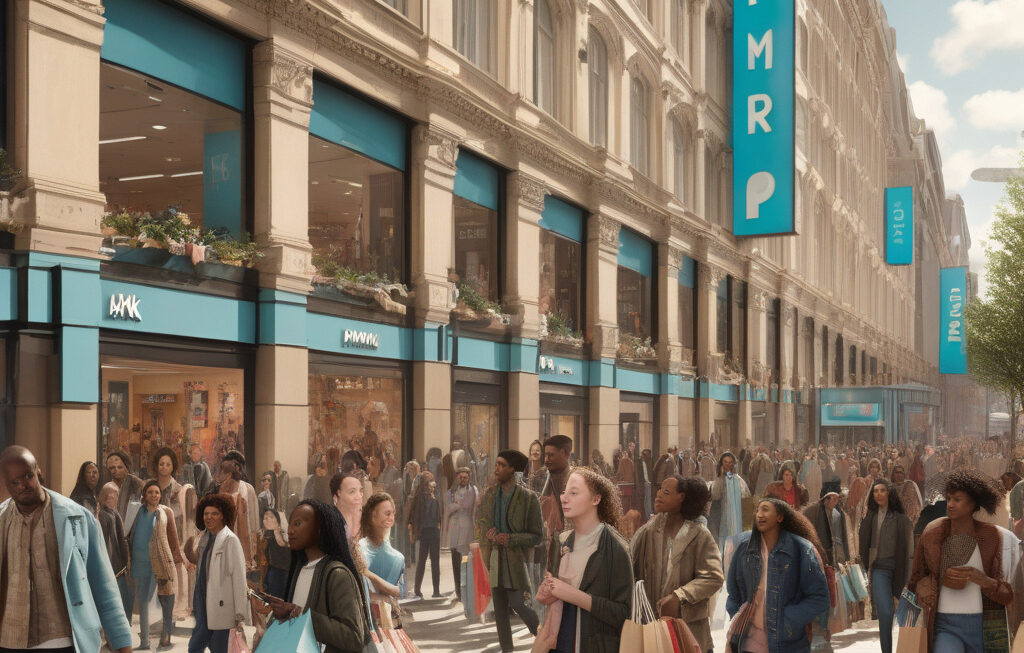Clothing Retailer Dynamite Raises Prices 9% Amid Trade Tensions
In a move that has caught the attention of both fashionistas and economists alike, the popular women’s fast-fashion retailer, Dynamite, has announced a significant price increase of 9%. This bold decision comes amidst escalating trade tensions and a rapidly changing retail landscape. While price adjustments in the fashion industry are not uncommon, Dynamite’s decision to raise prices at twice the rate of inflation has sparked a debate on the potential implications for both the company and its customers.
The global trade landscape has been tumultuous in recent years, with tariffs and trade disputes creating uncertainty and volatility for businesses across various sectors. The retail industry, in particular, has been significantly impacted by these developments, with many companies facing tough decisions regarding pricing, sourcing, and supply chain management. Dynamite’s decision to raise prices in this challenging environment reflects the complex dynamics at play in the current global economy.
One of the key factors driving Dynamite’s price increase is the rising cost of production. As trade tensions persist and manufacturing costs continue to climb, many retailers are faced with the difficult choice of either absorbing these costs or passing them on to consumers. In Dynamite’s case, the decision to raise prices by 9% signals a strategic shift in how the company plans to navigate these challenges in the future.
Furthermore, Dynamite’s price increase underscores the broader trend of inflation in the retail sector. While inflation rates have remained relatively modest in recent years, the prospect of prices rising at twice the rate of inflation raises concerns about affordability and consumer purchasing power. As consumers grapple with higher prices across the board, retailers like Dynamite must strike a delicate balance between maintaining profitability and retaining customer loyalty.
The implications of Dynamite’s price increase extend beyond the immediate impact on consumer wallets. As a fast-fashion retailer known for its trendy and affordable clothing options, Dynamite risks alienating its core customer base with a significant price hike. In an industry where competition is fierce and brand loyalty is fleeting, the decision to raise prices at a time of economic uncertainty could have long-term consequences for Dynamite’s market positioning and customer relationships.
However, it is essential to note that Dynamite’s price increase is not an isolated incident but rather a reflection of broader trends in the retail industry. As companies grapple with supply chain disruptions, changing consumer preferences, and economic volatility, strategic pricing decisions are becoming increasingly critical for success. By raising prices proactively, Dynamite is taking a calculated risk to safeguard its bottom line and adapt to the ever-changing retail landscape.
In conclusion, Dynamite’s decision to raise prices by 9% amid trade tensions highlights the complex interplay between global economic forces and retail dynamics. While the price increase may come as a disappointment to some customers, it underscores the company’s commitment to weathering economic challenges and remaining competitive in a crowded market. As Dynamite and other retailers navigate the uncertainties of the current trade environment, strategic pricing decisions will continue to play a pivotal role in shaping the future of the industry.
Dynamite, Retail, Pricing, Trade Tensions, Fashion Industry












